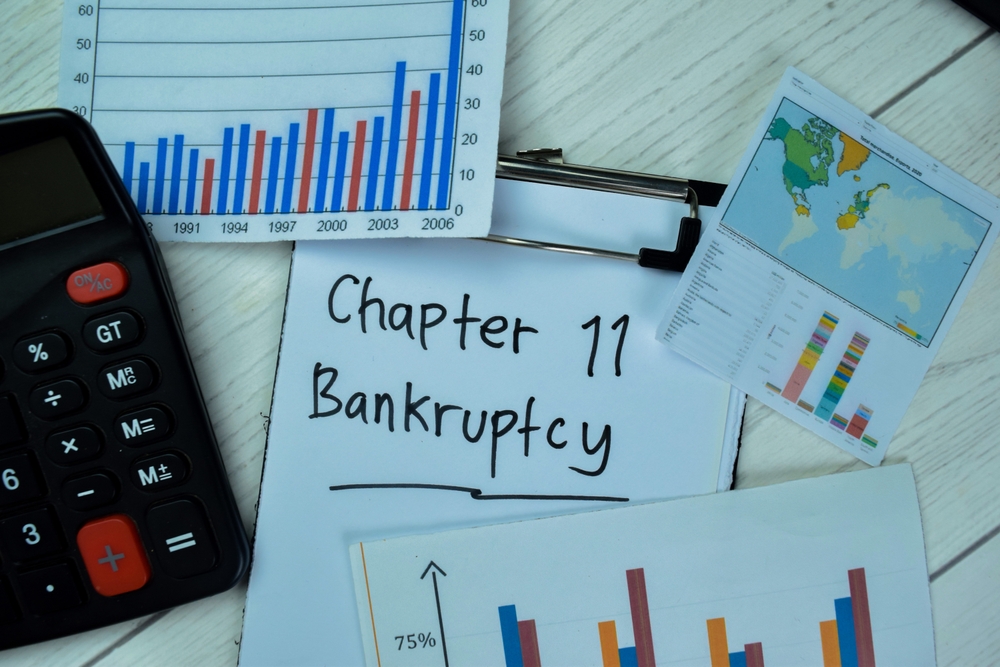Bankruptcy allows both individuals and businesses to reorganize or liquidate their assets to pay off their debts. It gives you a clean slate by providing the opportunity to start over financially. If you’re not familiar with it, it can seem complex and overwhelming. We’ll help you understand Chapter 11 bankruptcy in San Diego and explain the filing process. Keep reading!
What are the key steps in the process of Chapter 11 bankruptcy?
Chapter 11 bankruptcy is the most common form of bankruptcy for businesses. Eligible businesses include corporations, partnerships, and sole proprietorships. Businesses and certain individuals may deal with their debt through this Chapter and take a step toward financial stability and success. Through this process, you can restructure your debts and reorganize your finances. Here’s what you can expect:
Filing for bankruptcy
Filing the petition is the first step in the Chapter 11 bankruptcy process. You file a petition under Chapter 11 with the Bankruptcy Court. The petition must include detailed information about your business’s financial situation. Once the petition is filed, the court will appoint a trustee to oversee the process. The court will issue an order confirming the appointment of the trustee and setting a deadline for you to submit a reorganization plan.
Submitting a disclosure statement
Filing a disclosure statement is an important step. It must provide detailed information about your assets and liabilities, as well as a proposed plan of reorganization. This statement must be prepared by you and approved by the court. The creditors and the court will review the statement to make sure that it’s accurate, complete, and acceptable.
Filing Proof of Claim
Usually, creditors need to submit their Proof of Claim. Creditors whose claims are listed on the debtor’s schedules don’t need to file it. However, creditors must file a Proof of Claim on any claims that are not listed on the debtor’s schedules or are listed as contingent, disputed, or unliquidated.
The creditor should ensure that their claims are accurately listed and included in the reorganization plan, so they should submit it as soon as they receive the Notice to Creditors or find out that the bankruptcy has been filed.
Preparing a plan of reorganization
You need to submit your plan within 90 days unless there’s an extension. You have to prepare an analysis of the asset liquidation value and a projection of the payment schedule. It’s important that you create your plan in good faith. Once you submit it, the court will carefully review all the paperwork and determine if your plan adheres to the applicable laws and regulations.
Attending the confirmation hearing
The confirmation hearing is a court proceeding where the court will hear arguments from the debtor and creditors about the reorganization plan. The court will consider factors such as the feasibility of the plan, the best interests of the creditors, and any other relevant factors. The court will then make a decision as to whether or not to approve the plan. If the plan is approved, the court will issue an order confirming the plan and you can begin to make payments to creditors according to the terms of the plan.
Who can help you with Chapter 11 bankruptcy in San Diego?
At Bankruptcy Law Offices of Mark L. Miller, we understand the difficult decision you face when opting to file for Chapter 11 bankruptcy, but it’s a step in the right direction. Our experienced team of attorneys can provide you with the necessary information, ensure you don’t make any mistakes in the process, and represent and guide you throughout the proceedings.
We’re dedicated to helping you regain financial freedom. Whether you live near Old Town San Diego State Historic Park or elsewhere in the region, contact us today to schedule a free consultation!






